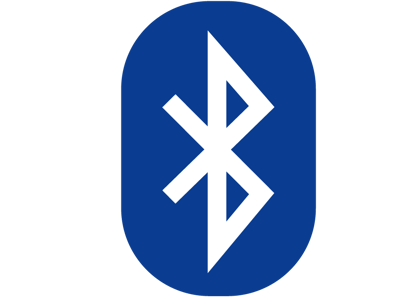This question and answer is from the March Ear Talk webinar with Value Hearing founder Christo Fourie. You can find the full presentation on YouTube. If you would like to have your question answered live, leave a comment below RSVP to the next webinar which is on the first Wednesday of the month at 11am AEST.
Today's webinar revolves around Bluetooth.
Bluetooth is quite a nice feature in hearing aids but it's also quite bugbear for many people because of the technicalities involved.
So today I'm just going to try and explain that in simpler terms if possible and hopefully address most of your issues.
- We'll start off just looking at the history of Bluetooth hearing aids.
- We'll also look at the types of Bluetooth used in hearing aids.
- We'll look at the benefits of Bluetooth.
- We'll look at the limitations of Bluetooth.
- We'll look at troubleshooting Bluetooth or common Bluetooth issues and,
- We'll also look at any unanswered questions I may have missed as I go through this topic.
The History of Bluetooth Hearing Aids
 Bluetooth hearing aids really came to life back in 2014 with GN ReSound with their Lynx hearing aid and it took that long even though we've had Bluetooth headsets for years and years.
Bluetooth hearing aids really came to life back in 2014 with GN ReSound with their Lynx hearing aid and it took that long even though we've had Bluetooth headsets for years and years.
It was the battery power challenge. Bluetooth is very demanding on a battery. A hearing aid needs to operate at least a full day from that battery, preferably several days and that means you can't just take a off-the-shelf Bluetooth solution and stick it in your hearing aid.
I actually attended a meeting with Sonova in Stäfa back in 2010 and I asked them the question about Bluetooth and they told me if they run a standard Bluetooth chip on a hearing aid battery, it would last only 20 minutes which is obviously not sufficient to drive a hearing aid if you had to change batteries every 20 minutes.
So that really came to a solution back in 2014 when Apple released its made-for-iPhone solution which is a proprietary protocol that Apple designed, which is low energy and is licensed to some hearing aid providers, with ReSound being the first.
And it's quite logical that ReSound were the first because they also own Jabra which are Bluetooth headsets so they found it quite easy to integrate that technology from their other experience into hearing aids.
Over time more and more manufacturers came to the game. Sonova, however, which makes Unitron, Phonak and Hansaton, decided not to go down the made-for-iPhone route because that route has several limitations. You are totally beholden to Apple, with their licensing, and as to when they update things.
Sonova was really quite innovative with fast connection through their FM systems and remote microphones so they used that experience to end up building their own Bluetooth chip which wasn't a low energy chip. It's actually a full Bluetooth-capable chip but can run off a standard hearing aid battery.
They've had several iterations of that over time and lately we're seeing Android come on board, particularly with the made-for-Android kind of hearing aids, similar to made for Apple. Sonova which was Bluetooth Classic could connect to Android and even older phones. More and more suppliers can now do Android although there's a catch - it's only certain Androids at this stage, so it's not quite as global as a Bluetooth Classic solution that Sonova offers.